When it comes to Tenmoku, we cannot ignore China's Song Dynasty. During the Song Dynasty, the tea-fighting trend was prevalent, and the Tenmoku oil drop teacup was highly favored by tea connoisseurs at the time, from the emperor to the literati, all of whom loved it. It was even written about and theorized, and the Northern Song Dynasty emperor used Tenmoku as a tea cup exclusively for royal tea ceremonies. Many literati and ink artists in history also had an unexplainable bond with Tenmoku. However, after the Song Dynasty fell, Tenmoku gradually declined and even became lost.
Nowadays, with more and more knowledgeable people realizing the importance of Tenmoku in China's porcelain production and tea culture, Tenmoku has become known to the public again and is gradually restoring its past glory.
Among these many people, there is one who has been very low-key and silently devoted to Tenmoku like a sweeping monk for decades. He is Master Li Da. Through long-term and unremitting efforts, he has replicated the lost Zhegu Ban Tenmoku that had been lost for more than 700 years, restoring this precious cultural heritage. He is dedicated to the cause of Tenmoku and embodies the spirit of craftsmanship in the Tenmoku industry, which is most perfectly reflected in Master Li Da.
Li Da, born in Putian, Fujian Province in 1955, is a Chinese ceramic art master who has long been committed to the study of traditional iron glazes. His research achievements are at the forefront in China and he is known as the "Mount Tai and the Big Dipper" in the Tenmoku industry. It is understood that Master Li Da's works have a smooth and iron-like body, with an ancient and elegant glaze color, a tall and mysterious shape, and a quiet and elegant demeanor. The glaze surface patterns are naturally formed and rich in changes, with a distinctive personality and a strong traditional style. Among them, the Zhegu Ban Tenmoku is the most famous.
The main feature of Zhegu Ban Tenmoku is that the glaze surface pattern is in a spotted shape, similar to the black and white spots on the chest feathers of the local Zhegu bird in the Jian kiln area. It is also called Jian kiln oil drop cup, because it looks like an oil drop floating on the surface of the water, and is called "oil drop" in Japan. Due to its rare production, Zhegu Ban Tenmoku is a precious item in the Jian kiln, and is also highly collectible.

Master Li Da enjoys a high reputation as a Chinese ceramic art master and is a prominent figure in the industry. There are two reasons for this: first, his profound skill in Tenmoku making, and second, his integration of theory and practice, which has laid the theoretical foundation for academic research on Tenmoku.
Regarding his insights on Tenmoku, Master Li Da said: The so-called three-dimensional sense of the glaze surface patterns means that each spot has multiple layers, with upper and lower layers, which can be called four-dimensional layering, including grey spots, silver spots, and silver-blue spots. The so-called fourth dimension is time, as time is very important in the production of a Tenmoku. Even a slight difference in timing can make it difficult to achieve this kind of layered glaze surface pattern.

"Due to the production process, air holes and rough edges are inevitable in a Tenmoku, but the four-dimensional sense of layering is also important. It is because of the existence of these three layers of glaze surface patterns that the three-dimensional surface can be reflected, just like the stars in the sky. Some are dim and lightless, while others are bright and brilliant, forming a beautiful night sky."
When asked about how he achieved such mastery in knife work, Li Da laughed and said, "There is no shortcut, just insist on throwing clay every day." It takes years of repetition for a ceramic artist to reach a certain level of skill in creating Zhegu Ban. Perhaps it is because of this that the Zhegu Ban Tenmoku made by Master Li Da has "great beauty within." Whether it is gold, silver, or colorful, the patterns are colorful and varied, with different brightness and shades, layers, and color tones. This makes it even more beautiful and has won the favor of leaders. It has been selected as a collection display item in the Zhiguangge of Zhongnanhai and a permanent collection of the Palace Museum. It has also become a popular item among ordinary people on the streets.

Master Li Da devoted his whole life to the cause of Chinese Tenmoku, rescued the lost Zhegu Ban Tenmoku that had been lost for more than 700 years, and brought more beautiful Tenmoku to the world. He also ensured that the Tenmoku culture continues to be passed down.


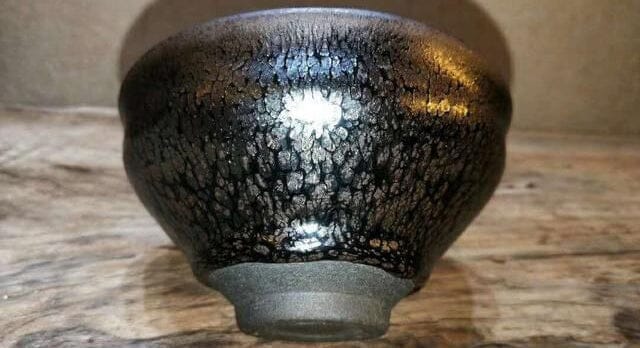
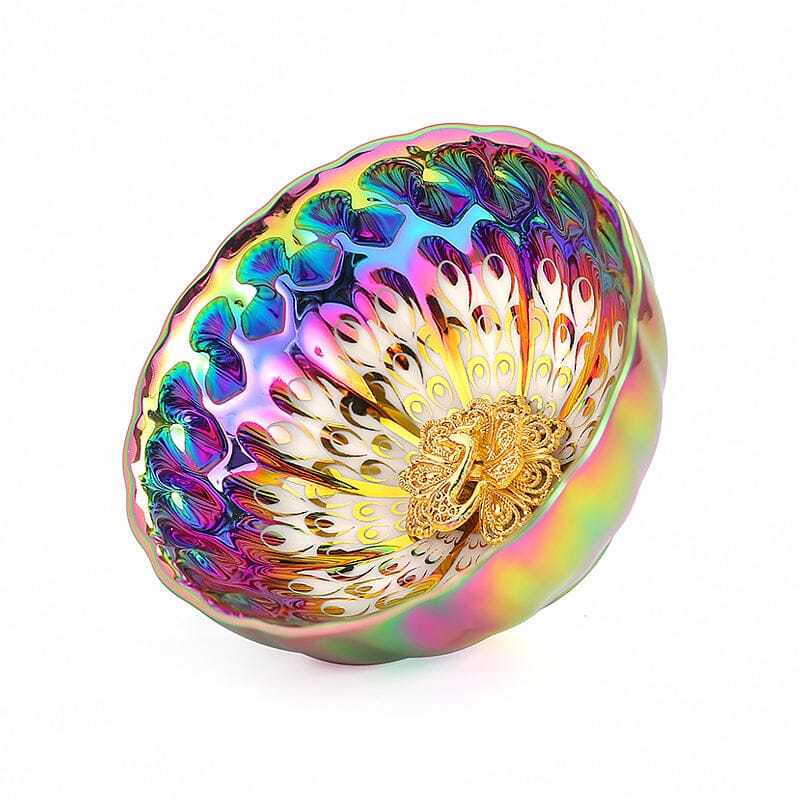


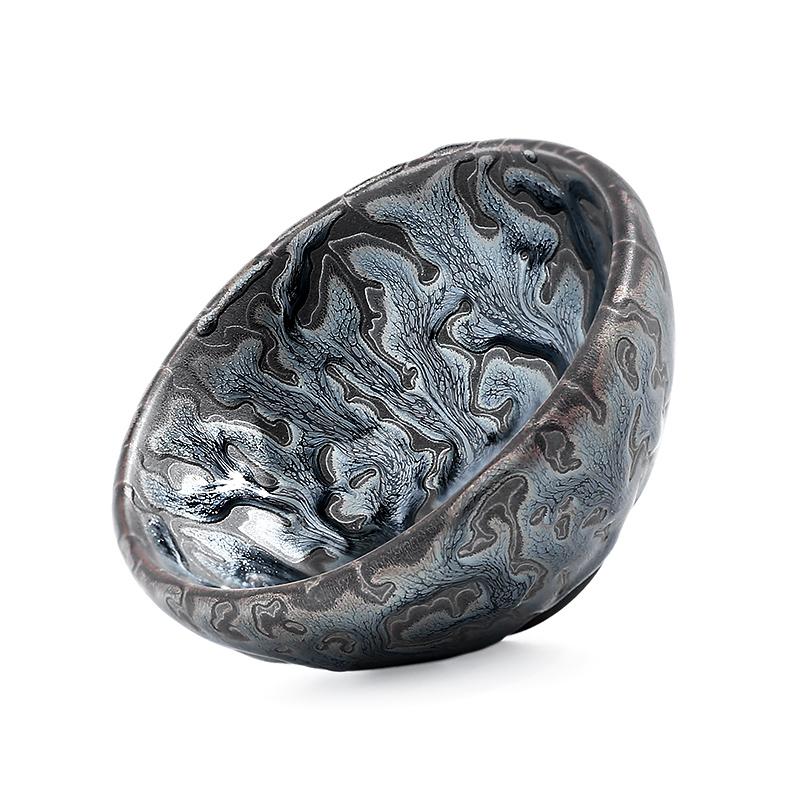
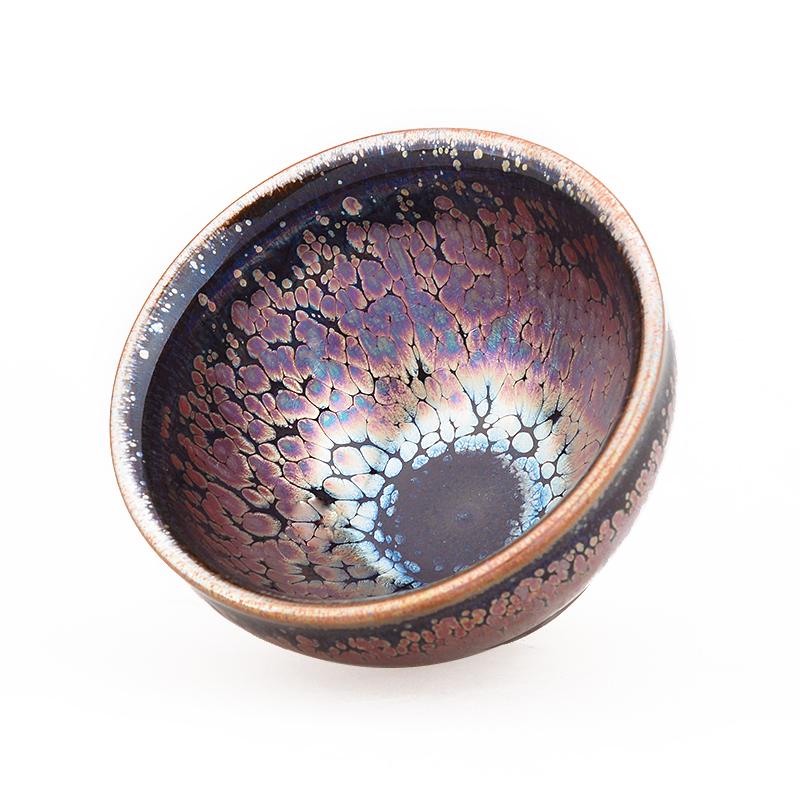
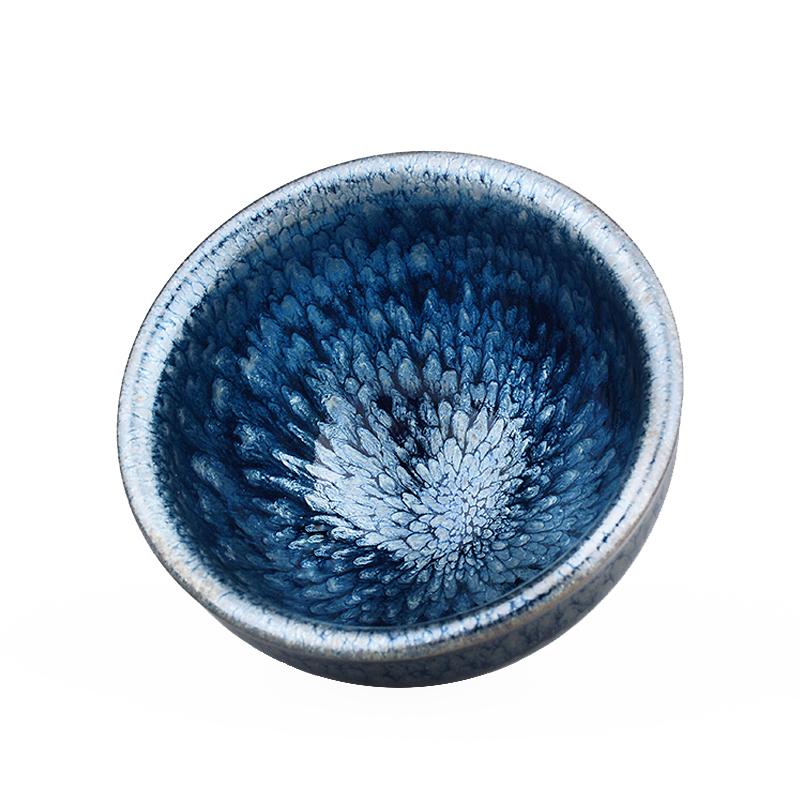
Share:
How to Choose the Right Teapot for Your Tea?
Wood-Fired vs. Electric-Fired Tenmoku: Differences & Value